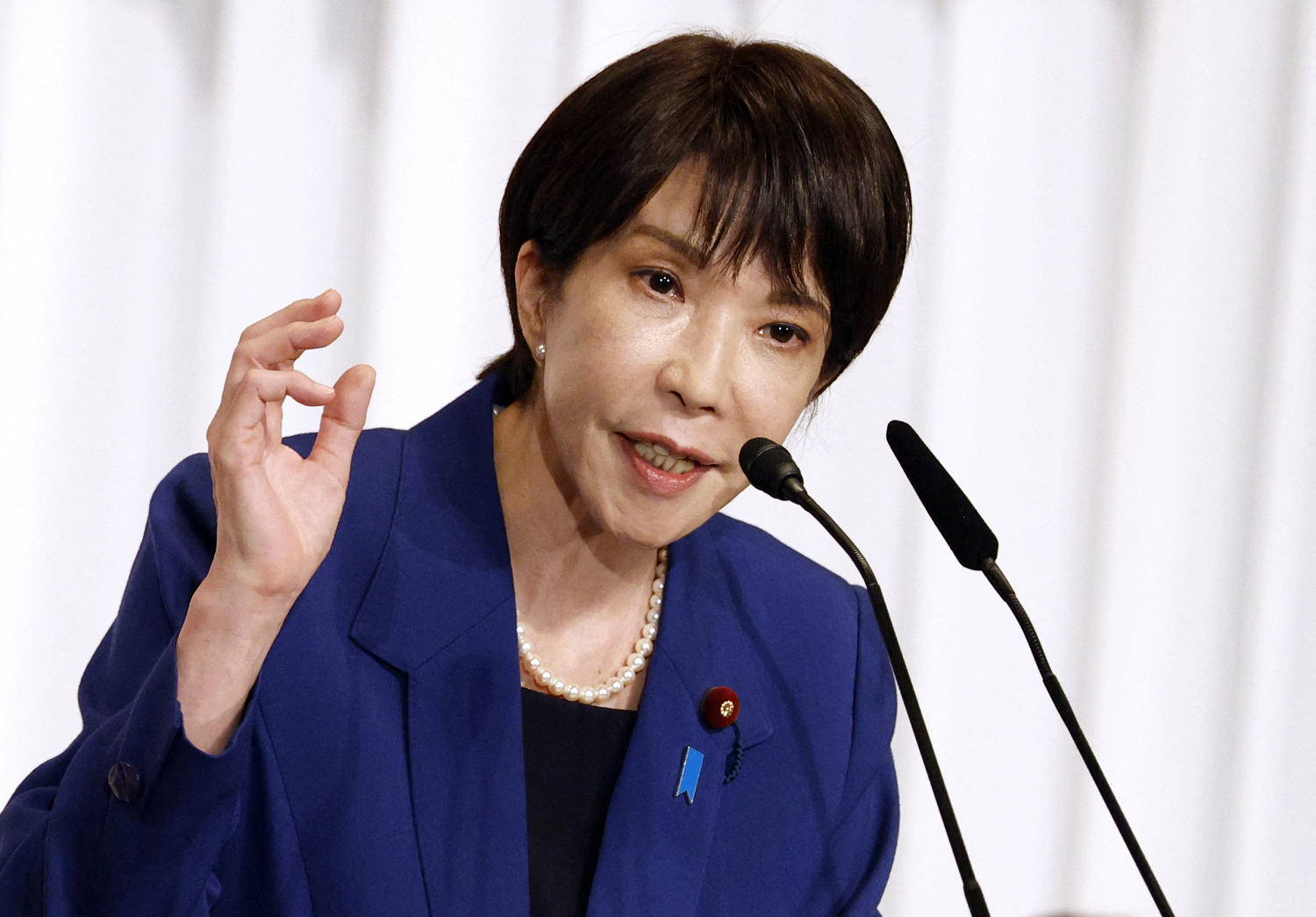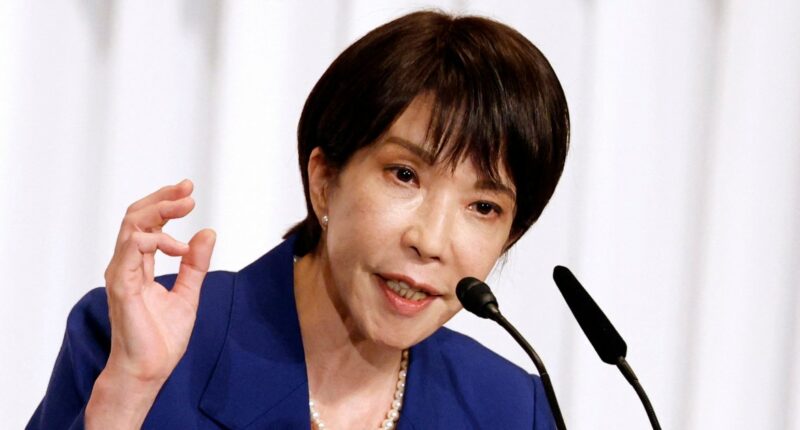Share this @internewscast.com

TOKYO — Sanae Takaichi has been elected as the new leader of Japan’s ruling party, positioning her to potentially become the U.S. ally’s first female prime minister.
Takaichi secured victory over Shinjiro Koizumi with a 185 to 156 outcome in a second-round runoff vote, taking over the leadership of the conservative Liberal Democratic Party (LDP), a party that has largely dominated Japan’s political landscape since the conclusion of World War II.
This leadership change was initiated last month when Prime Minister Shigeru Ishiba announced his resignation after serving for a year. Although Takaichi is the likely candidate to follow him as the leader of the world’s fourth-largest economy when parliament votes soon, her position isn’t entirely assured due to the LDP-led coalition losing its majority in both legislative houses over the previous year.
“More than feeling happy, I genuinely think this is just where the real challenge begins,” Takaichi stated in her victory address. “We have a mountain of work that we need to tackle together.”
Additionally, she emphasized the necessity to rejuvenate the LDP, marred by corruption allegations, into “a more spirited and vibrant party, one that turns people’s anxieties into hope.”
At 64, Takaichi is recognized as a staunch conservative, drawing inspiration from former British leader Margaret Thatcher, and was a close associate of the late Prime Minister Shinzo Abe, Japan’s longest-serving leader.
Though many party members welcome Takaichi’s ascendance as a potential return to the days of Abe, there are concerns that her nationalistic historical views could cause friction with East Asian neighbors China and South Korea.
One of the top priorities for Japan’s next prime minister will be implementing the trade deal reached with the Trump administration in July. The agreement, which imposes a 15% U.S. tariff on Japanese goods including its crucial auto exports, has yet to be put in writing and many of the details remain unclear.
Takaichi has raised the possibility of reopening talks on the deal, which includes a pledge by Japan to invest $550 billion in the U.S.
The LDP voted on five leadership candidates in the first round, with Takaichi securing 183 votes to Koizumi’s 164. Yoshimasa Hayashi, 64, the top spokesperson for the current Japanese government, came third with 134 votes after a recent surge in polls.
Votes in the first round were divided evenly between 294 LDP lawmakers and almost 1 million rank-and-file party members who were represented by 295 votes. Lawmakers favored the more moderate Koizumi, while party members preferred Takaichi, who has a passionate base.
In the second round, lawmakers had the same number of votes while rank-and-file party members had 47, representing the 47 prefectures of Japan.
Lawmakers in the second round voted 149 to 145 in favor of Takaichi, while party members gave her 36 votes compared with Koizumi’s 11.
Koizumi, 44, the current agriculture minister and the son of former Prime Minister Junichiro Koizumi, would have been Japan’s youngest leader since Hirobumi Ito, who was just a few months younger than Koizumi when he became the country’s first prime minister in 1885.
Arata Yamamoto reported from Tokyo, and Jennifer Jett from Hong Kong.










